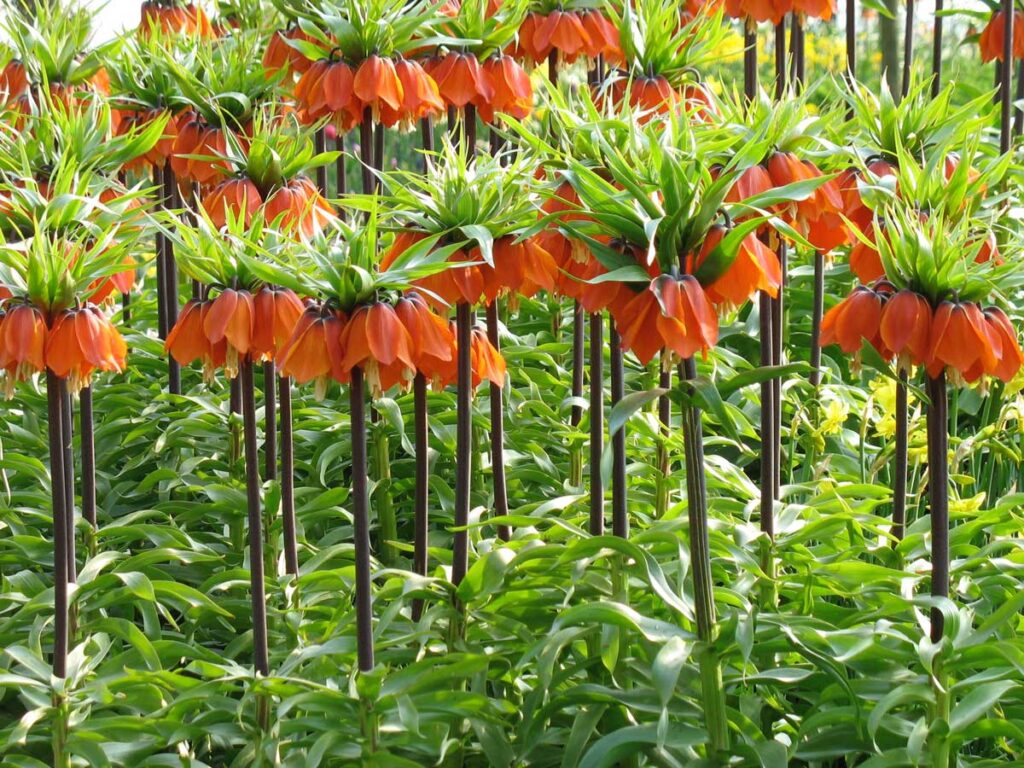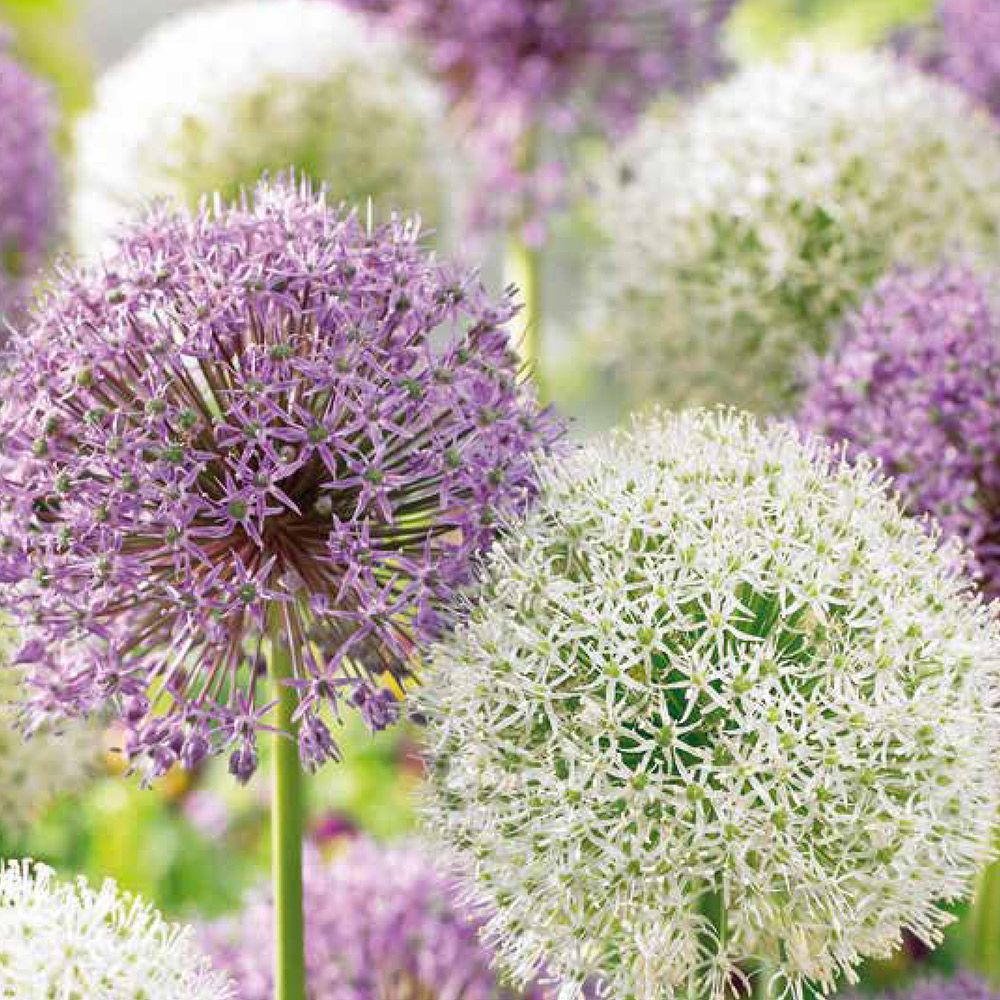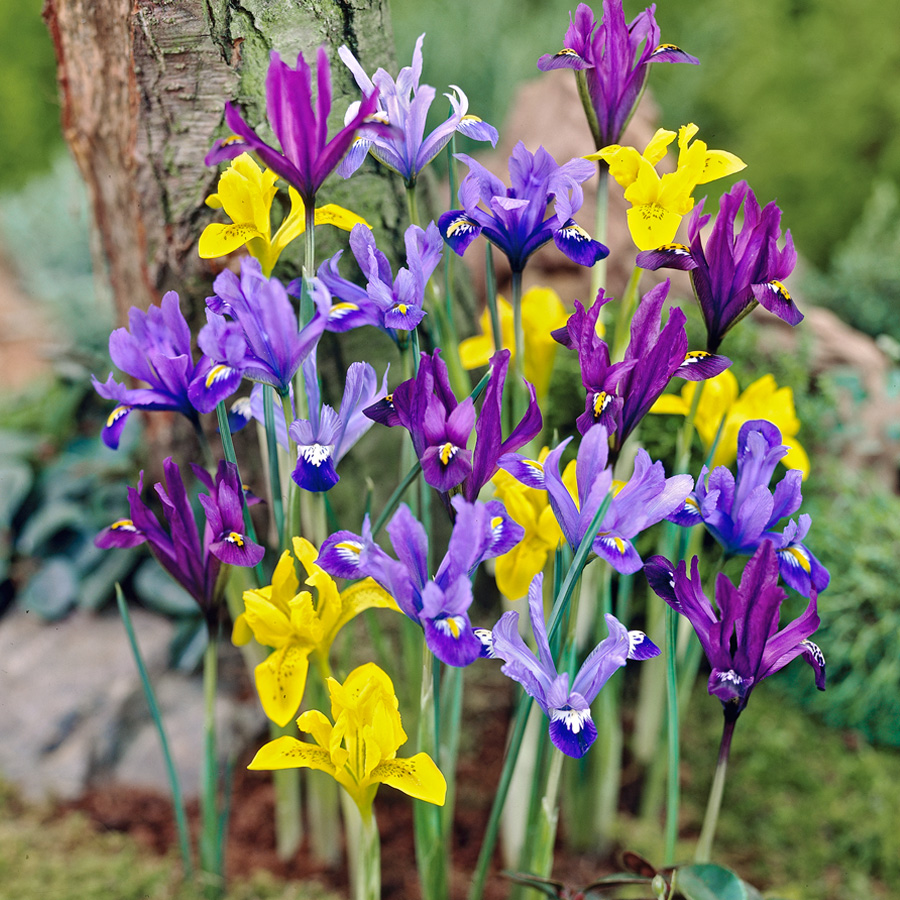It is becoming time to plant fall bulbs showing up in stores now or order online from bulb companies. You can plant the usual tulips, daffodils, crocus, and hyacinths, but there are other less familiar bulbs you can try.

One is the Fritillaria lilies growing up to 4 feet tall with large blooms. Another variety is the snakeshead lily, which has a checkered pattern on the flowers.

My favorite is the Alliums which are related to the onion family. There are many species ranging in growth from a foot to over 4 feet. The round heads come in purple, white, yellow, and pink colors.

We know of the German bearded iris which spreads on top of the ground. There is a Dutch iris that grows from true bulbs. The bulbs are small but the flowers are big. The colors range from blue, yellow, purple, white, and bi-colors.

A good rule of thumb is to plant the base of the bulb at least 3 times as deep as the bulb is tall. Keep the soil moist after planting until the ground freezes.
Spring-blooming bulbs make a wonderful companion to any annual bed or perennial bed. In the annual bed, they provide early color to start offspring. When you get ready to plant your annual flowers, just plant them between the bulb plants and let them grow. They will cover and hide the yellowing foliage of the bulbs.
In the perennial bed, just plant between the perennials and forget them. Depending on the type of bulbs, you added 6 weeks of bloom time to the bed.
Bulbs will naturalize in the corners of the backyard or around trees and shrubs.
The most important thing to remember is to let the bulb foliage yellow and dry up naturally. Never cut and remove the green foliage, you will cut off the food reserve for next year.











